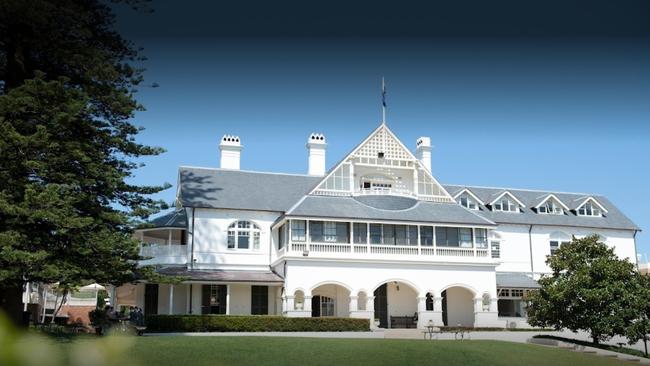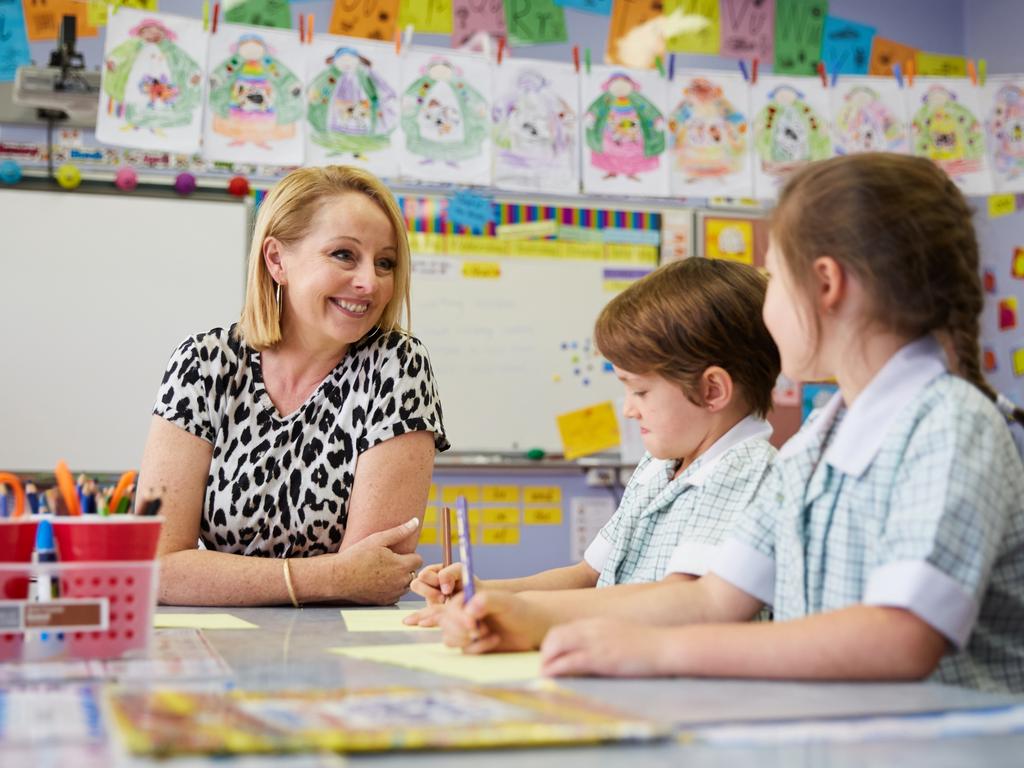School fees keep rising and the choice gets harder for mum and dad
Private school fees are running well above the rate of inflation and education bonds are marketed heavily at under-pressure parents, but here are some other ways to pay for schooling.

Private school fees are running well above the rate of inflation, having increased almost 6 per cent over the past 12 months.
In Sydney and Melbourne, two elite private schools now charge more than $50,000 per year.
In terms of how people finance these private education costs that last for 13 years or longer if the child goes to university, and can add up to hundreds of thousands of dollars, there are both well-established techniques and lesser-known methods.
Private schools are expensive. Really expensive. The average house price in Australia is about $950,000, which means that a family who puts down a 30 per cent deposit and is paying off the mortgage over a 30-year period at 6.5 per cent interest is paying the same amount each month as someone who sends their child to Kambala in Sydney’s east or Geelong Grammar Toorak Campus (both $50,000 per year).

But wait, there’s more: if your child boards at an elite private school, it is easy to spend more than $80,000 per year on fees before extra-curricular activities, donations and other expenses are factored in. Remember, these costs are paid with after-tax dollars, meaning parents on the highest marginal rate need to earn almost double this amount pre-tax.
Although sibling discounts of 10 per cent are common, I doubt former treasurer Peter Costello ever factored all this in when he famously said in 2004 that everyone should have “one for mum, one for dad and one for the country”.
With the average annual wage in Australia being $98,217 equating to an after-tax income of $76,000, private schooling is usually beyond the reach of parents unless they have either saved for years prior, sacrifice things like going away on holidays, have received an inheritance, or have been given assistance from grandparents.
Grandparents
For grandparents who assist adult children with school fees, the most common way is to pay the school directly. If the grandchildren are not yet of school age, or if the grandparent wishes to make a lump-sum contribution, there are several options for adult children.
The simplest is to invest the lump sum in a high-interest bank account earning up to 5.5 per cent, otherwise transfer the money to the home loan offset account and save 6.5 per cent interest.
Shares
Another option is to establish a share portfolio and invest the money in shares and exchange traded funds, aiming for 10 per cent returns. To manage tax, the share portfolio is generally purchased in the name of the lower income spouse. The disadvantage of this approach is, due to share market fluctuations, if the money is required within four to seven years’ time for school fees, there is no guarantee the investments will be sold at a gain.
Bonds
Investment bonds are touted as a tax-effective solution for people to save for private school fees due to the concessional 30 per cent tax rate on earnings if the bond is held for more than 10 years. If the bond is withdrawn before eight years, the earnings are included as part of the bondholders’ taxable income while two-thirds are included in year nine and one-third in year 10.
However, in situations where at least one spouse earns less than $135,000 in taxable income, there is little tax benefit in using an investment bond and the much simpler pathway is to invest directly in the lower income spouse’s name.
Scholarship plan
A lesser-known variation to the investment bond strategy is a scholarship plan. Similar to investment bonds, scholarship plans are taxed at 30 per cent on investment earnings, however the key difference is that if money is withdrawn for education costs, the tax paid on earnings is rebated back as part of the withdrawal, making it a zero per cent tax structure if used for education expenses such as school fees, textbooks, tutors, uniforms, accommodation, travel, equipment and even some overseas education providers.
As good as it sounds, there is a catch. The extent to which the tax-free withdrawal can be received is limited to the child’s tax-free threshold, which is $416 per annum while under the age of 18.
This means that if more than $416 is withdrawn from the education bond, the child will have to pay tax of 47 per cent on the excess amount. As such, the education bonds are more suited as a savings vehicle for university fees rather than primary and secondary school fees.
That said, some people will still use scholarship plans to pay school fees as the 10-year ‘no more tax’ rules still apply.
In other words, if money from the scholarship is invested for 10 years, it can be fully withdrawn with no further tax payable, even if the child is under 18, and even if the money was not used for education expenses.
Buy into good public school catchments
Having three children of my own ranging in age from five to 15, people often ask me what I did when it came to education. Having attended a grammar school, I appreciate the benefits private schools may provide which simply cannot be replicated in the public system.
However, if you focus purely on academic results, there are plenty of non-selective public schools that rank well above their wealthier private rivals.
With this in mind, I bought a home in a catchment which had one of Sydney’s best-performing government primary schools and one of its best high schools. Although the median house price in this area was higher than Sydney’s average, I was still ahead compared to paying $30,000 per year, per child in private school fees.
But at the end of the day it is a case of horses for courses.
There is no right or wrong answer, and it comes down to the personal preference of the parents and their ability to fund and sustain private school fees versus the value they place on spending in other areas.
James Gerrard is principal and director of Sydney planning firm www.financialadviser.com.au





To join the conversation, please log in. Don't have an account? Register
Join the conversation, you are commenting as Logout